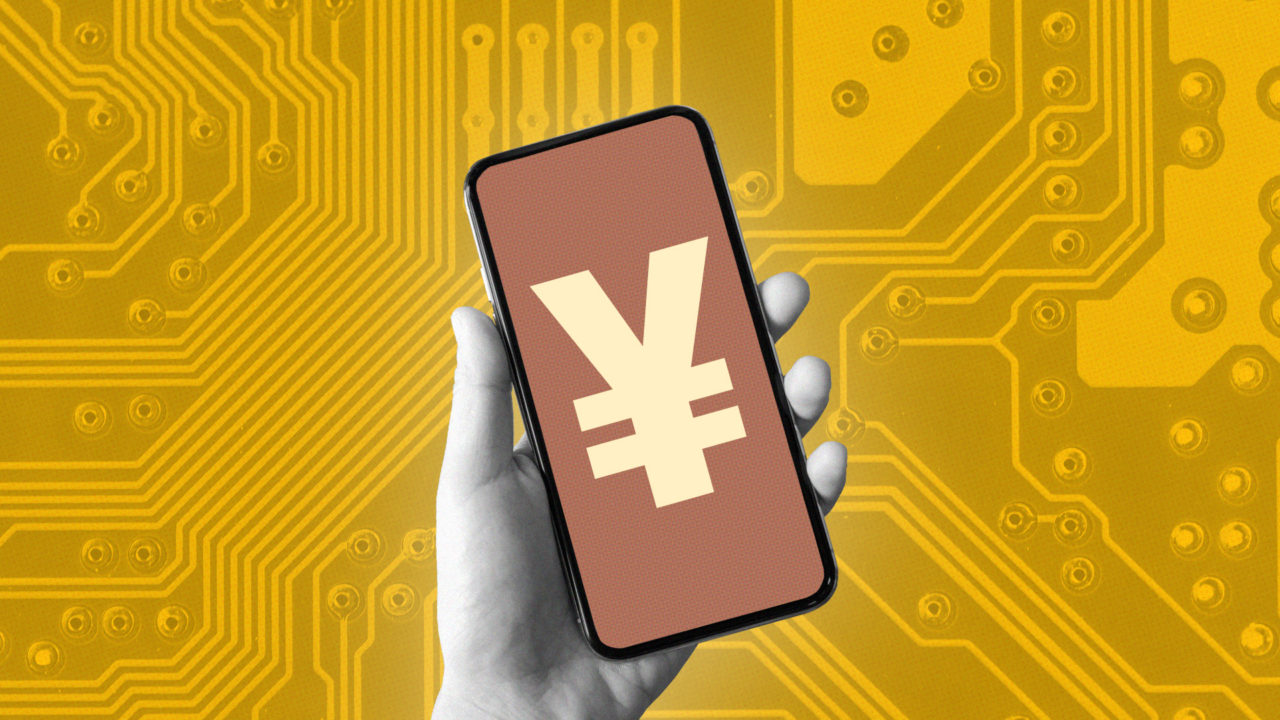The Digital Yuan, launched by the People’s Bank of China, is poised to revolutionize mobile payments. With its potential to drive a cashless society and enhance financial inclusivity, understanding its impact is crucial in today’s digital economy. For further insights, visit yuan-international.io.
Increased convenience and efficiency
The Digital Yuan has revolutionized mobile payments, offering increased convenience and efficiency to users. One of the key advantages is the elimination of the need for physical cash, making transactions quicker and more convenient. Users can easily conduct transactions using their smartphones or other devices, reducing the hassle of carrying cash and making in-person payments. This digital currency has streamlined financial transactions, simplifying the process of sending and receiving money.
Additionally, the Digital Yuan has simplified the payment process for users, allowing for quick and secure transactions. This has been especially beneficial in China’s fast-paced digital economy, where speed and efficiency are crucial. The Digital Yuan has also integrated seamlessly with existing mobile payment systems, further enhancing its convenience and efficiency.
Furthermore, the Digital Yuan has facilitated financial inclusion by making it easier for unbanked populations to access financial services. With the Digital Yuan, individuals who previously had limited access to banking services can now participate in the digital economy, opening up new opportunities for economic growth and development.
Overall, the Digital Yuan’s user-friendly nature and efficient transaction capabilities have made it a preferred choice for consumers and businesses alike. Its introduction has paved the way for a more streamlined and efficient mobile payment system, benefitting individuals and businesses in China and beyond. The Digital Yuan’s ability to increase convenience and efficiency while reducing costs has positioned it as a key player in the digital payment landscape, with the potential to revolutionize mobile payments globally.
Lower transaction costs
The Digital Yuan has significantly lowered transaction costs, offering a cost-effective alternative to traditional payment methods. Unlike traditional transactions that involve various fees such as transaction fees, currency conversion fees, and processing fees, the Digital Yuan streamlines the payment process, reducing the need for intermediaries and their associated costs. This has made digital transactions more affordable and accessible to users, particularly in China’s digital economy.
Moreover, the Digital Yuan has simplified cross-border transactions, which are typically more expensive due to currency conversion fees. By eliminating the need for currency conversion, the Digital Yuan has reduced transaction costs for international payments. This has made it an attractive option for businesses and individuals looking to conduct cross-border transactions more cost-effectively.
Overall, the lower transaction costs associated with the Digital Yuan have made it a more affordable and efficient payment method compared to traditional options. Its ability to lower costs while maintaining security and efficiency has contributed to its growing popularity and adoption in the digital payment landscape.
Potential challenges and regulatory concerns
The Digital Yuan, despite its benefits, presents several potential challenges and regulatory concerns. One of the main challenges is ensuring the security and privacy of transactions. As a digital currency, the Digital Yuan is vulnerable to cyberattacks and fraud, which could undermine trust in the currency. Additionally, the decentralized nature of cryptocurrencies raises concerns about regulatory oversight and control. Governments worldwide are still grappling with how to regulate digital currencies like the Digital Yuan, leading to uncertainty in the regulatory landscape.
Moreover, the widespread adoption of the Digital Yuan could potentially disrupt traditional banking systems, leading to economic instability. As such, regulators need to carefully monitor and regulate the use of the Digital Yuan to ensure its long-term viability and stability. Additionally, there are concerns about the impact of the Digital Yuan on financial privacy. With transactions recorded on a blockchain, there are fears that individuals’ financial data could be exposed or misused. These privacy concerns need to be addressed through robust regulations and safeguards to protect users’ privacy and security.
Furthermore, the international acceptance of the Digital Yuan could face resistance from other countries and financial institutions. Some countries may view the Digital Yuan as a threat to their own currencies and financial systems, leading to regulatory barriers and trade tensions. Additionally, the integration of the Digital Yuan with existing financial systems and payment platforms could present technical challenges and compatibility issues.
Overall, while the Digital Yuan holds great promise for revolutionizing mobile payments, addressing these challenges and regulatory concerns will be crucial to ensuring its successful and sustainable adoption in the global economy.
Conclusion
In conclusion, the Digital Yuan represents a significant leap forward in mobile payments. Its adoption could reshape global financial systems, emphasizing the need for businesses and consumers alike to prepare for a digital-first economy.









